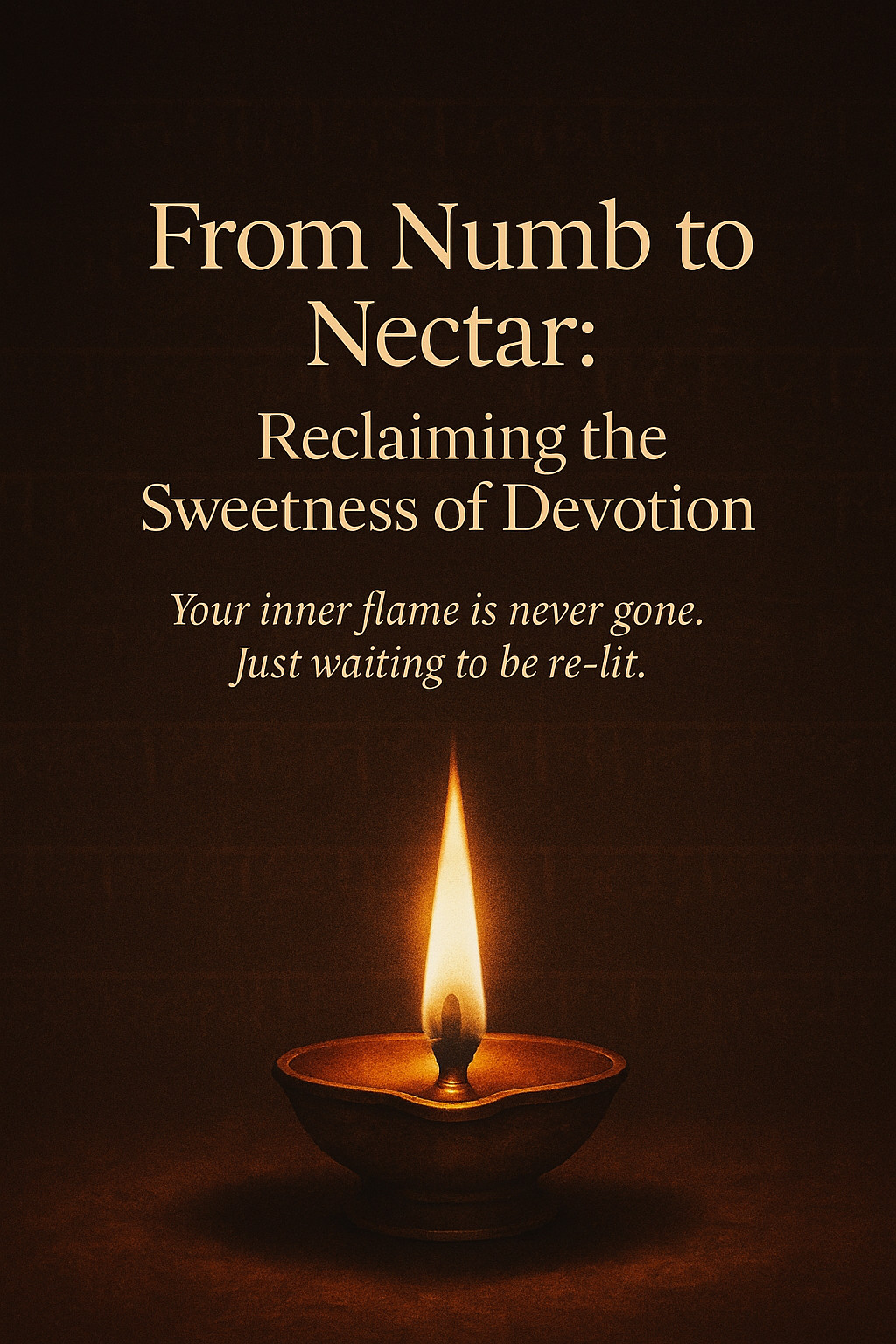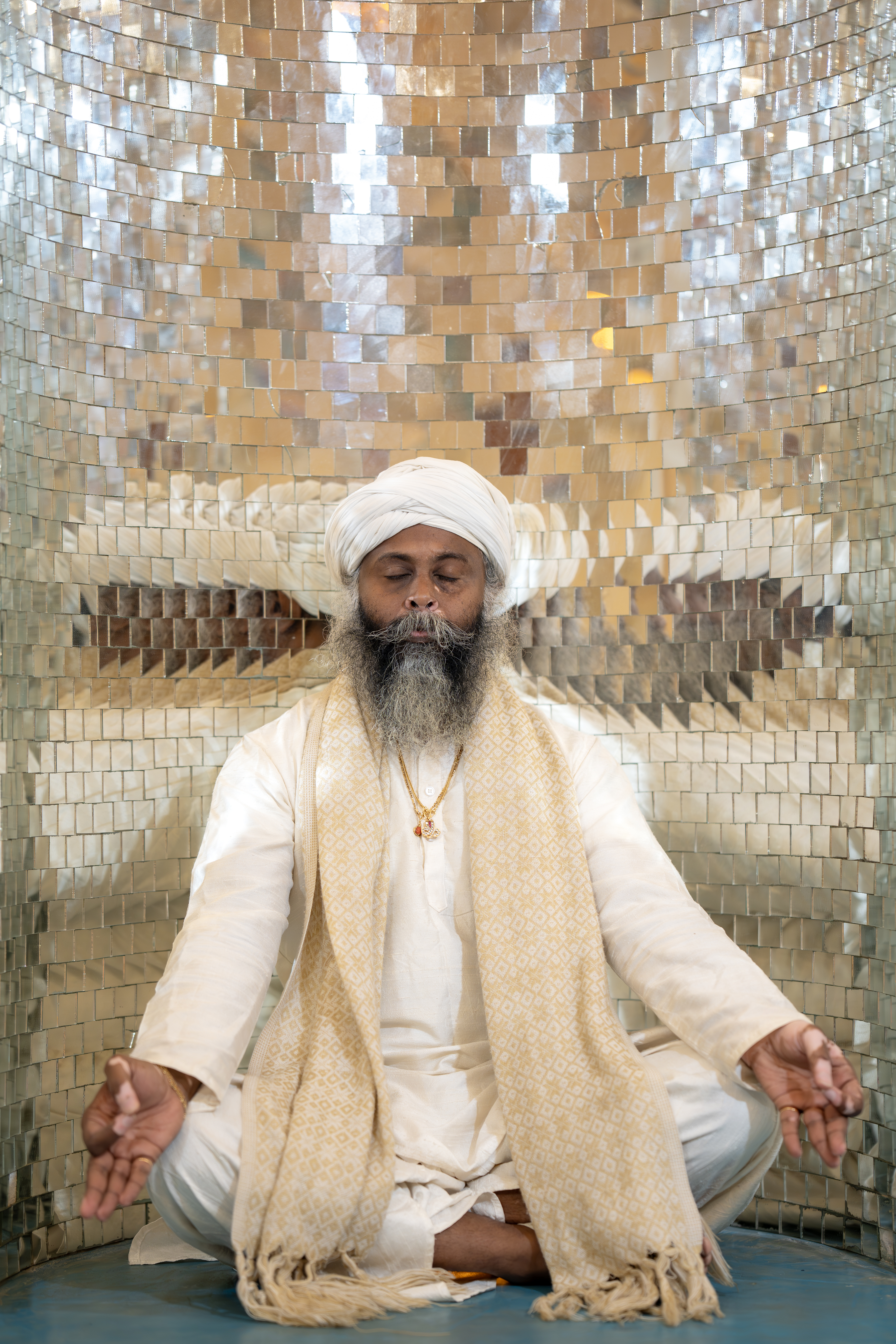Dive into the mesmerizing world of bees, where the hum of tiny wings reveals nature's true genius—sacred geometry sculpted not by logic, but by living instinct. These incredible creatures construct their hives with hexagonal perfection, the ultimate form of architectural efficiency, without ever knowing it. Guided by the symphony of pheromones, heat, and innate memory, bees demonstrate an intelligence that resonates beyond brainpower, tuning into universal rhythms and cosmic order. Discover how bees transform the hive into a living crystal, a pulsating matrix of vibrational architecture that remembers and renews. This blog post invites us to rethink the essence of intelligence and creativity, showing that profound wisdom often emerges not from the mind, but from the symbiotic dance of biology and nature. Embody the form that remembers, and see how it exists both in the hive and within us.
Read more...Discover the fascinating world where aging and healing travel through your bloodstream, orchestrated by a tiny but powerful molecule, ReHMGB1. Recent groundbreaking research shows that aging is not confined to parts of the body but instead spreads through aging signals, which can now be intercepted. Explore how the age-old practice of Kundalini Yoga emerges as a powerful ally, detoxifying the bloodstream, balancing the nervous system, and regenerating cells. This blend of modern science and ancient wisdom unveils a holistic approach, opening doors to not just anti-aging but pro-evolution. Embrace the power of choice in shaping your vitality, as the future of health lies in more than just prolonging life, but transforming how you live it. Dive in to discover how you can become your own fountain of youth.
Discover the intriguing connection between aging and a tiny molecule in your bloodstream that could be accelerating the process. Groundbreaking research identifies ReHMGB1, a potent messenger released by senescent cells, as a key player in spreading aging signals across the body. Yet, there's an exciting revelation: scientists have found ways to intercept these signals, highlighting a future where we can delay or even reverse aging at its source, rather than merely treating its symptoms. This revelation aligns with ancient wellness philosophies that emphasize the holistic nature of body and mind. Dive in to explore how practices like Kundalini Yoga can detoxify the bloodstream, balance the nervous system, and regenerate cells, offering you a path toward not just anti-aging but pro-evolution. Are you ready to harness the fountain of youth within you?
Read more...Discover the transformative power of Kundalini Yoga, where the mystical meets the measurable. Through specific practices like Breath of Fire and spinal flex, you can ignite a biological shift that enhances energy flow through your spine, activates higher brain centers, and balances your nervous system. Experience the real, repeatable effects of increased vitality, heightened perception, and inner peace as you learn to master your own energy and unlock your body's true potential.
Read more...The allure of awakening is potent, like an electric jolt of clarity that unveils the illusions of a life once lived in dreams. Yet, this exhilarating insight is merely the beginning, a seductive trap if mistaken for the final destination. True transformation lies beyond the momentary flash of enlightenment; it demands a sacred, silent revolution of remembering and embodying forgotten truths. This journey is about integrating light into daily decisions—choosing presence over performance, shedding old patterns, and returning to your core essence. Embodiment asks for authenticity even when the spotlight fades, leading to a life where awakening is just the seed, but true fulfillment is found in the tree of lived truth. Embrace this path not for its dazzling revelations, but for the deep-rooted wisdom it brews within your being.
Read more...Imagine a world where losing a tooth isn't a permanent setback, but the start of a natural, biological rebirth. In Tokyo, cutting-edge stem cell treatments are turning science fiction into reality by regenerating real, functioning human teeth, complete with roots and nerves. This breakthrough capitalizes on disabling a single gene, USAG-1, to reignite the body's dormant tooth-growing capabilities. With astounding success in early animal and human trials, this innovation hints at a future where dentures and implants could become relics of the past. As clinical tests advance, this marvel could redefine not only dentistry but also the potential for regenerating other human body parts. Enter a new era where the impossible becomes possible, and discover what this means for the future of medicine.
Read more...
